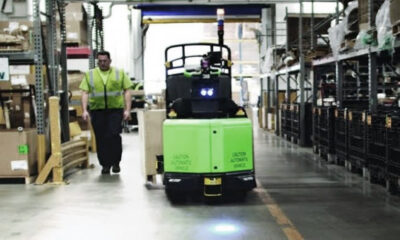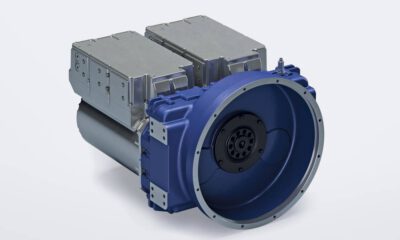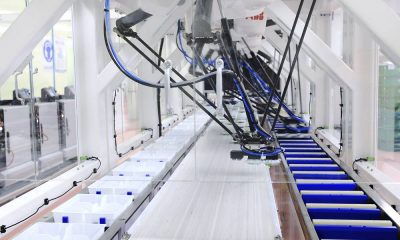Industrial Hardware and Machine Parts
Changing workplace: Digitalization and cognitive ergonomics
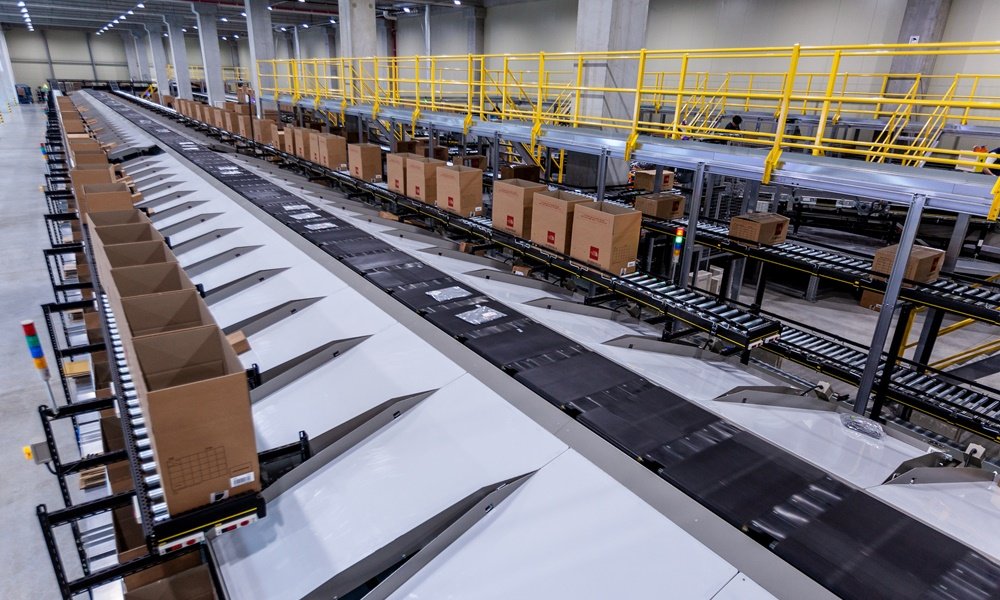
Digitalization, automation and Industry 4.0 are impacting intralogistics. But how do employees cope with the upheavals of the digital revolution? This is what the still young discipline of cognitive ergonomics is investigating.
Smaller batch sizes and larger format changes, shorter product cycles and higher demands on delivery speed and flexibility – the changes in purchasing behavior and customer expectations associated with digitization are also directly reflected in intralogistics processes. At the same time, innovative, digital assistance systems such as robotics, wearables, RFID, etc., are holding their own. Moving into the warehouse, picking and shipping. Both mean a changed workload for the employees on site, whose tasks become more complex and run under greater time pressure.
Focus shifts to mental stress
Ergonomics is the adaptation of working conditions to people. Polluting environmental factors are, for example, poor lighting conditions, dirt, noise, smoke and dust or the wearing of protective clothing. In addition, there are physical exertions such as working in a standing position or under forced postures or lifting and carrying heavy loads. With the growing use of digital systems, the focus is now shifting to mental stress.
Dr. Veronika Kretschmer is a psychologist at the Fraunhofer Institute for Material handling and Logistics IML specializing in cognitive ergonomics. Within the framework of the Logistics and IT Service Center, an initiative of the Fraunhofer IML in Dortmund in cooperation with other research institutions, an interdisciplinary working group is investigating the extent to which digitization is changing the work of those affected. After all, despite all the automation, people are indispensable.
Our analyses show that employees in the warehouse are exposed to psychological demands in addition to physical strain. With the digital transformation of processes, informational stresses are now being added, which will lead to a changed stress pattern.
Order picking: Customer immediately notices faulty system
The penetration of information in the cost- and time-intensive picking area has greatly increased in recent years with the use of electronic aids such as hand scanners, pick-by-light, pick-by-voice or pick-by-vision. However, despite growing automation, manual systems still play a major role in order picking because they are often more flexible.
According to estimates, around 80% of processes are still performed manually. Order picking has an immediate effect on the company’s reputation because the customer immediately notices a faulty system. And if the focus has so far been on cost efficiency, a human-centered and ergonomic design of work environments and processes is increasingly required.
Augmented Reality has opportunities in short-term deployment
Among the “smart devices”, augmented reality (AR), the linking of reality with well-established information, has a special appeal.
A comparison of paper lists, tablets and AR glasses during palletizing suggests that AR is suitable, but usability needs to be improved.
Veronika Kretschmer refers to problems such as weight, costs and software diversity. She therefore sees the chances of this technology primarily in short-term use, for example in training or maintenance.
Virtual Serious Games for realistic trainings
Virtual reality techniques (VR) for training in the form of virtual serious games are an exciting field of investigation. They allow a VR-supported simulation for training and education with a realistic perception of situations that are difficult or cost-intensive to convey. In this way, learning success can be increased in a playful way. This is also shown by a study conducted by Veronika Kretschmar together with others. Here, the logistical activities of a packaging process were simulated realistically. The results showed good user-friendliness, a positive user experience and moderate stress.
The central goal of cognitive ergonomics is to create a “stress optimized design” of industry 4.0 systems. The changing work processes will also increase the physical and cognitive demands in intralogistics in the future. Veronika Kretschmer recommends that, in addition to the known physical strain, psychosocial activity characteristics and work organisational conditions should also be given greater consideration.
-
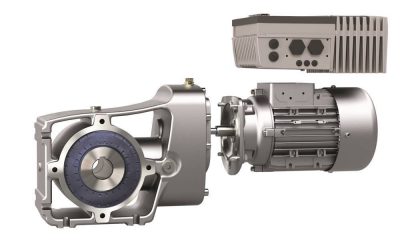
 Drive systems4 years ago
Drive systems4 years agoIntelligent frequency inverters for digital production
-
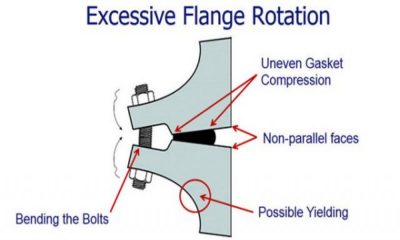
 Industrial Hardware and Machine Parts7 years ago
Industrial Hardware and Machine Parts7 years agoThe necessity of bolted flange connection training
-
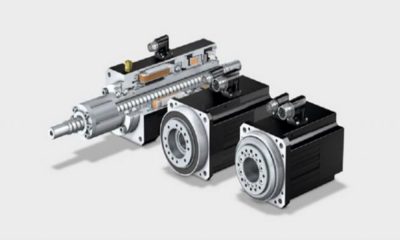
 Motors7 years ago
Motors7 years agoNew generation of hollow shaft motors
-

 Industrial Hardware and Machine Parts7 years ago
Industrial Hardware and Machine Parts7 years agoABB and Formula E partner to write the future of e-mobility
-

 Industrial Hardware and Machine Parts7 years ago
Industrial Hardware and Machine Parts7 years agoRexnord adds to its Autogard Torque Limiters with the XG Series
-

 Motors7 years ago
Motors7 years agoZF Technology on the Winners’ Podium of the Dakar Rally 2017
-

 Gear drives6 years ago
Gear drives6 years agoKlingelnberg at control 2018: Tactile and optical measurement on one machine
-
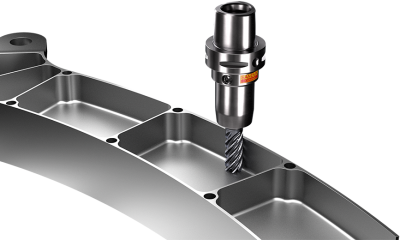
 Motors7 years ago
Motors7 years agoGet a first-class ticket to productivity
-
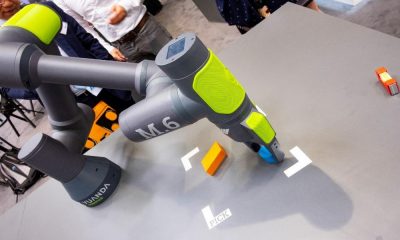
 Motion control6 years ago
Motion control6 years agoWhere the robots come from?
-

 Motion control6 years ago
Motion control6 years agoRexnord to Acquire Centa Power Transmission
-

 Industrial Hardware and Machine Parts7 years ago
Industrial Hardware and Machine Parts7 years agoCustom hobbing tool enables 45-degree angles
-

 POWER TRANSMISSION TECHNOLOGIES3 years ago
POWER TRANSMISSION TECHNOLOGIES3 years agoEUROTRANS Board meets for its first session in 2021



